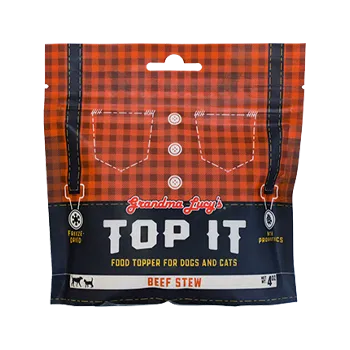A casual stroll with your dog can quickly de-rail if you are approached by an unleashed, or unsupervised dog. It's impossible to know that dogs intentions, or how your dog is going to react, so it's important to learn what to do if an off-leash dog approaches you while you are walking your dog.
Walking your dog on a leash is meant to keep them safe and comfortable, so it's up to your learn how to take control of your surroundings and how to handle unexpected situations.
Being approached by an off-leash dog isn’t always a negative interaction, but you know your well trained dog enough to decide if you want them interacting with a dog that is off-leash.
Choose the Right Environment to Walk Your Dog
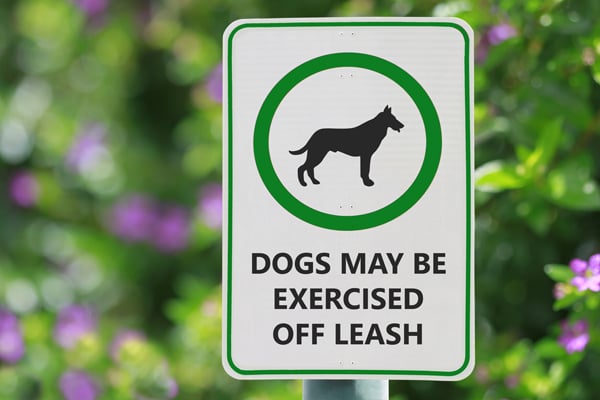
The first thing to note is that leash laws are in place for a reason and should be followed to keep your pup(s) and other dogs safe.
If you want to take your dog off-leash, please use the designated off-leash areas in your city. Off-leash parks are a great way to socialize with other dogs and the people that also choose to come to that park. Just because a dog is generally well-behaved off leash, doesn’t mean that every dog they meet will be receptive to this interaction.
Always choose the environment that is right for your dog’s personality and training. If your dog is leash reactive, easily spooked, or shows aggressive tendencies towards other dogs, then you should avoid areas with off-leash dogs and high traffic.
If you take your dog to an off-leash park, be open to your dog meeting other animals. If your dog is enjoys their space, then this is not the place for them.
It’s your responsibility to leave an area that your dog isn’t comfortable or safe in, even if other pet owners are breaking the law. Preventing an attack is always better than trying to break one up.
Reading Body Language
Before we get into tips for handling unwanted interactions, it’s important to recognize the body of the approaching dog. How they approach your dog will help you decide the most appropriate way to react in the moment.
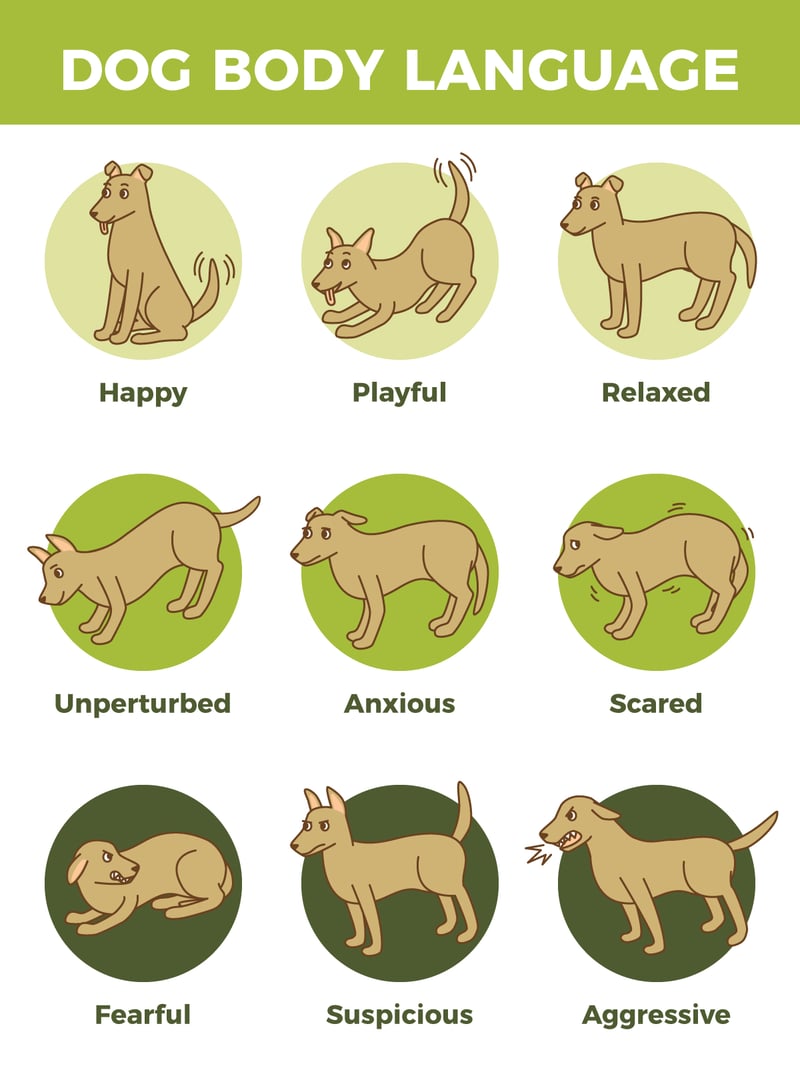
How To Teach Good Walking Behaviors
Regardless of the behaviors of the approaching dog, teaching your pup good walking behaviors will be invaluable if you need to provide quick direction to your dog. You might need to make a quick decisions and a well-trained dog will be able to follow your lead.
If a situation looks like it might turn negative, the first action should be to try and place your dog behind you and guide your dog away from a dangerous situation. Never get in the middle of your dog and another during an attack. You might get Hurt! Proceed with caution during an altercation.
Tips for Handling An Off-Leash Dog
As soon as you notice an off-leash dog, you should try to identify some of the dog's body language. This will help you decide the best course of action on how your pup will react.
1. Watch Your Dog
Pay close attention to your dog's cues and body language. Your dog will likely notice a strange dog before you do. If your dog shows any changes in body language, you should immediately take action.
Signs of fear or aggression from your dog will indicate that you should redirect your dog's attention and walk away. Cues of excitement and aggression can sometimes look similar, so if your dog has a history of being leash reactive, then play it safe and avoid the confrontation.
2. Keep Calm and Walk On
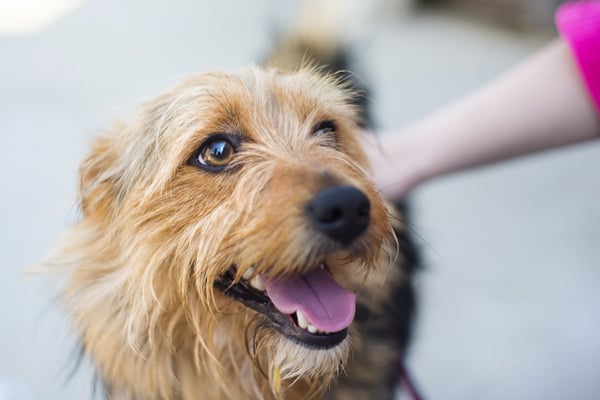
Your dog will react to your anxiety and body language. Keeping yourself calm in this situation will help your dog stay calm as well. Any movements or vocal commands should be done slowly, calmly, and in a gentle tone, at least to start.
Don't run. Running can provoke the approaching dog to charge and will increase the anxiety of the situation for all parties involved. Walk away casually, as to not startle your dog or the approaching animal. This is typically effective for territorial behaviors.
It's not always ideal to turn your back on the approaching dog, especially if they are showing aggressive body language. Try to walk away at a 90 degree angle, keeping the other dog in your peripheral vision, but still guiding your dog away.
3. Try to Vocal Commands To Direct the Dog
As the dog gets closer, try to use some general vocal commands to get the other dog’s attention to redirect them. Sit, stay, or go said in a low stern tone could get the dog to stop long enough for you and your dog to get away or for their owner to catch up and intervene.
Avoid yelling or showing signs of aggression, as this could provoke a fear reaction from both dogs. Ask the commands authoritatively. This is likely to work for a friendly or unsure dog, but an aggressive or territorial dog may or may not respond to your commands, depending on their training.
NEW TO THE FAMILY? Click Here For More Information.
4. Distract With A High-Value Treat

It’s always a good idea to carry high-value treats, like Grandma Lucy's Freeze-Dried Treats. You can direct your own dog with them, but you can also throw some towards an approaching dog. This could give you enough time to leave the area and avoid a confrontation. Make sure that you throw them far enough away that your dog won’t be tempted to go for the treats too.
This is very likely to work with a friendly dog, as they will be easily distracted. Even an aggressive dog may fall for this ruse. You may need to throw multiple treats to keep them occupied, and can even try throwing some behind them to get them to back up or turn around.
5. Find a Physical Barrier
If the previous tricks are ineffective, then you may need to put a physical barrier between the approaching dog, and you and your dog. A fence, a car, or anything that you may be carrying could protect both of you.
A simple trick is to carry an umbrella. Opening the umbrella and using it as a blockade could deter the other dog from continuing their approach. It might even scare them off.
For small dog owners, it’s instinctual to pick up your dog to protect them but don’t. Picking your dog up could trigger the approaching dog to jump up and possibly attack. While in your arms, your dog will not be able to defend themselves or run away. Only pick up your dog if you are able to place them somewhere that it out of reach for the other dog, like on top of a car, over a fence, or if you are able to get indoors.
6. Communicate With The Owner Of The Dog
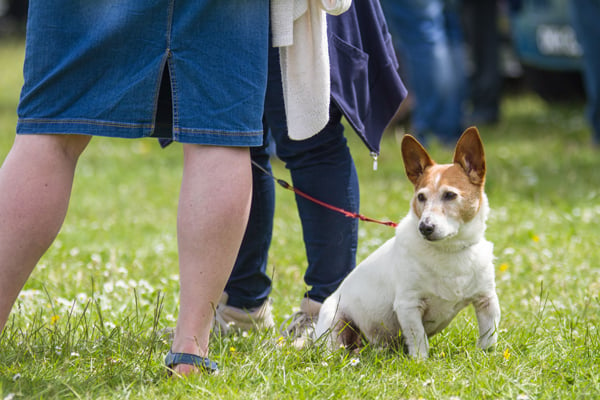
Hopefully, the owner of the dog is nearby. If you don’t want their dog to approach yours, regardless of the other dog's intentions, call out to the owner. Typically they will identify themselves, often letting you know their dog is friendly.
Ask them to call their dog away, let them know you are training, or that you don’t want your dog to interact with theirs. If they don’t react or take your request seriously, then you can try telling them that your dog is contagious, even though they’re not. Most pet owners will respond pretty quickly for this.
It may sound silly to fib about this, but if you know that your dog will be frightened or aggressive towards the approaching dog, then it may be necessary to do whatever you have to do to get the owner of the approaching dog’s attention.
If the dog’s owner isn’t near enough, ask anyone around you to help. Anyone could step in to try to distract the dog, or even take your dog and leave the area while you distract the approaching dog.
Stay in Control
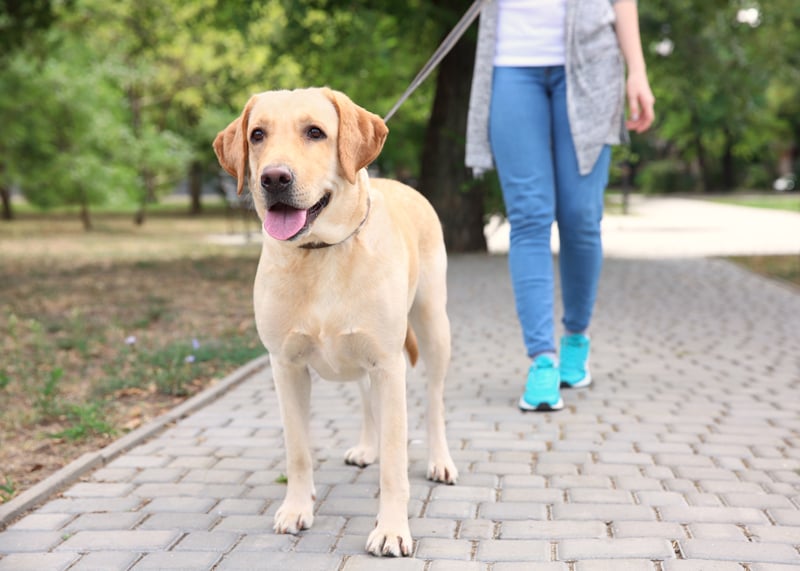
You have every right to walk your dog without the fear of a strange dog attacking or scaring your pet. It’s unfortunate that not every pet owner follows the rules that are in place to keep everyone safe, but it’s up to you to make the right judgement call.
In any situation, know your surroundings and learn how to control your dog regardless of the distractions around them. Always be prepared to deal with other pets and people, and bring the right tools to keep your dog safe.
*These helpful tips are suggestions. We recommend finding your own techniques to protect you and your pet.














